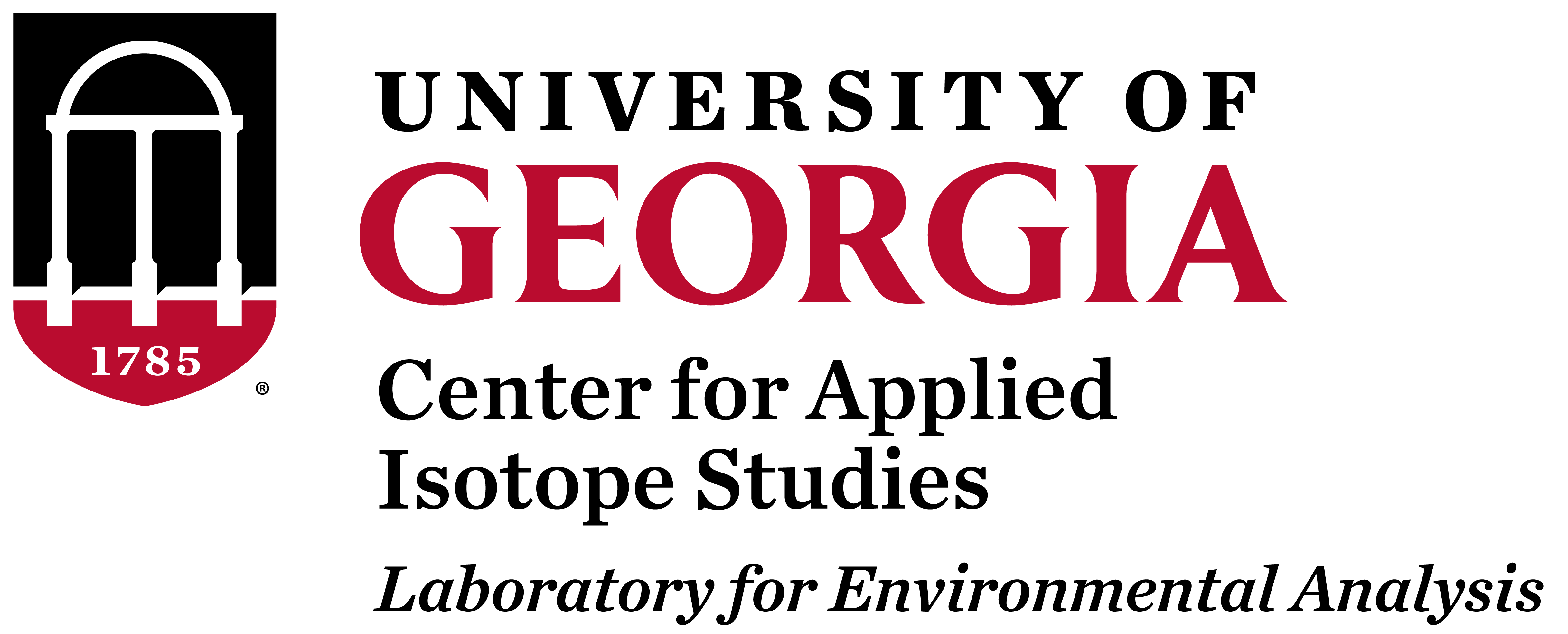Metals Analysis
Metals analysis and speciation is a large focus of the laboratory. The primary instrument used for this service is the Perkin Elmer Elan 9000 inductively coupled {argon} plasma (ICP) equipped with a mass spectrometer (MS) detector system.
Inductively Coupled Plasma – Mass Spectrometry (ICP-MS)
Quantitative Analysis
- Simultaneous multi-element determination in a liquid sample in a single run of few minutes. The periodic table indicates in color the elements that can be determined by ICP-MS.
- The mass-selective detector is extremely sensitive, quantitation levels in parts per billion (ppb) to parts per trillion (ppt). The periodic table indicates with color-coded detection limit (DL) ranges of different elements.
- The detector system is relatively immune to many of the chemical and spectroscopic interferences that plague optical emission ICP systems.
TotalQuant Analysis
- An analytical technique inherent to ICP-MS for semi-quantitative analysis of up to 73 elements in the periodic table in a single run.
- Used to screen unknown samples before quantitative analysis
Isotope Ratio Analysis
- Used to determine the exact ratio of two different isotopes of an element
- The ratio is a sensitive indicator of age, reaction or metabolism in nuclear, geochemical or biomedical applications.
- Examples of ratio analysis are U (235/238), B(10/11), Pb (207/208) and Fe(54/55)
Element Speciation Analysis
- Performed by passing the eluent of the ion chromatograph containing the separated ion species to the ICP-MS for quantitation using the mass of the investigated element.
- Examples of recent speciation carried out involved As(III)/ As(V)/ organic arsenicals, Se(IV)/Se(VI), Cr(III)/Cr(VI).
Mercury Analysis
- A dedicated mercury analyzer based on the cold-vapor spectrometric method; the Perkin-Elmer FIMS 4000 system can perform ppt-level mecury analysis on water and digest/extract samples with minimal matrix interference.
- Mercury speciation (methylated forms) methodology is under development using this equipment and can be tailored to specific types of samples.
Quality Assurance/Quality Control
Given the importance of accuracy in analysis in both research and regulatory arenas, data quality is imperative. A rigorous protocol of quality assurance/quality control (QA/QC) is followed for every sample batch run for metals analysis, including re-calibration and re-zeroing, replication, individual calibration of all elements in a sample run over the concentration range of interest, and use of check standards to ensure proper calibration. With larger sample batches, sample spikes and certified reference materials (NIST or equivalent) are run to confirm recovery of analyte elements. QA/QC information is provided with every sample set for you to evaluate detection limits, precision, and overall data quality.
